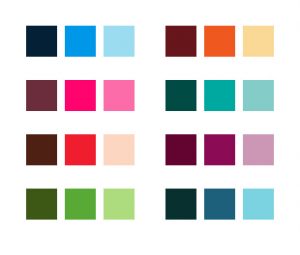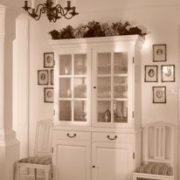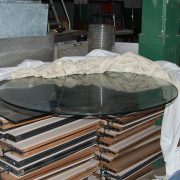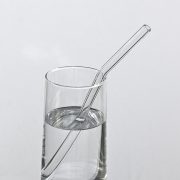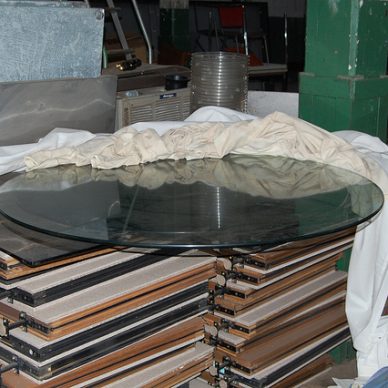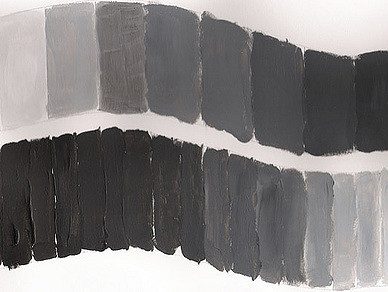Glass backsplash paint color options and hue
Sometimes, the success of a glass back paint project depends upon what the painter knows about color. In this three-part series, we’ll look at color from a technical standpoint. Learning about color can help you choose the right shade of paint for your project.
Color experts describe color in terms of three primary chromatic properties: hue, value and chroma. Today, we’ll look at the first chromatic property – hue</a.
Glass back paint comes in any color
The term hue is synonymous with color. When you identify a color – red, yellow, green, blue, etc., you’re actually identifying the chromatic property known as hue. Hue is the correct term for color. Hues are all distinct, but different hues can be combined to make other hues. The combination of hues can either be “additive” or “subtractive.”
In school, you probably learned about “primary colors.” When colored pigments are combined, you’re working with the subtractive color spectrum. The primary colors in the subtractive spectrum are red, yellow and blue. All other colors can be made by mixing various values of these colors. When all colors in the spectrum are added together, they form black. In the subtractive color spectrum, black is the combination of all colors. White, on the other hand, is the absence of color.
When colored lights are combined, you’re working with the “additive” color spectrum. The primary colors in the additive color spectrum are red, green and blue. All other colors can be made by mixing various values of these colors. When all colors in the spectrum are combined, they form white. In this model, black is the absence of color. White, on the other hand, is the presence of all colors.
In terms of a glass back paint project, you’ll be working with the subtractive color spectrum, because paint gets its colors from pigment. Every color can be produced by mixing different amounts of red, yellow and blue.
In the next post, we’ll look at the second chromatic property – value – and how that helps more fully describe color. In the meantime, if you’re working on a glass back paint project and you would like more information or you’d like to order paint, please visit the rest of our site at http://www.glasspaint.com.
Photo Credit: Kaigani Turner, via Flickr.com

